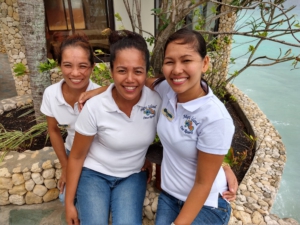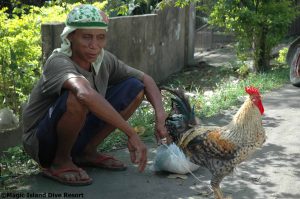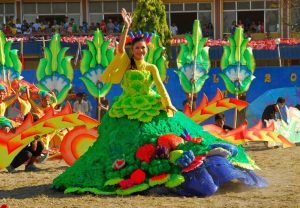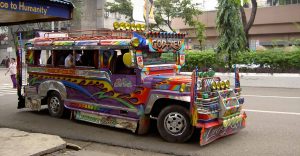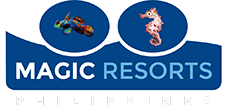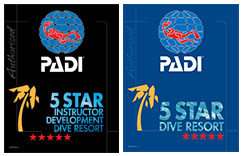Dive information
As the water temperature is between 26 – 30 °C/80 – 85 °F – for most guests a 3mm long suit is advisable.
All our tanks are aluminum 12ltr/80cubic and adaptable for both DIN as well as Int. fittings, so there is no need to bring an adapter with you.
If you prefer not to bring dive gear, no problem! We have all gear available for rental, from BCDs, regulators, suits to dive lights and computers.
Electricity and plugs
In the Philippines we have a 220Volt system, contrary to what some travel guides will tell you. All sockets are suited for European and American round or flat two pin plugs. For users of 110Volt chargers we have a charging station in the restaurant where you can be sure to have only 110Volt.
Laundry service
As traveling with dive gear usually limits the amount of other luggage you can fit in your suitcase, we offer an in-house laundry service. Within one or two days your dirty laundry is returned fresh and clean.
Wifi
The whole resort now has WiFi (Starlink). Whether you are on your balcony, at the bar or relaxing in the lounge area, you can connect to the internet with your smartphone or laptop.
Money
The Peso is the official currency of the Philippines. In Cebu City and Moalboal there are plenty of ATM’s available. In the resort we accept Cash, Euros, UK Pounds and US Dollars, as well as VISA, AMEX, JBC and MasterCard credit cards (with a 5% surcharge). We have a permanent internet connection, so payment through internet banking is also an option (don’t forget to bring your bank details).
Find our terms & conditions here.







